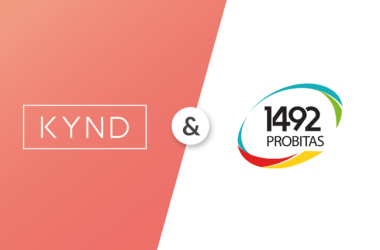Sofia Tech One, a multifunctional administrative and business center, has been hailed as the most impressive and innovative project in the modern business space landscape of the Bulgarian capital. Developed by Bulgarian entrepreneurs Ivaylo Mutafchiev and Tseko Minev, the building covers all class A requirements and is rated “excellent” under BREEAM standards.
With a total lettable area of approximately 30,000 sq.m, Sofia Tech One boasts 11 floors measuring 2,600 sq.m each and a two-level underground parking facility for over 400 vehicles. The building’s glass facade and central atrium provide abundant natural light on all office floors. The internal spaces feature state-of-the-art acoustic ceilings, double floors, 3-Pipe VRF air conditioning systems, fire protection and emergency notification systems, and high-quality Schüco aluminum window panes. Access to the building is made easy with 10 high-speed Otis elevators equipped with smart passenger traffic management.
In addition to providing necessary workplace amenities for employees, Sofia Tech One also features a new generation microclimate management system that allows for individual settings in separate offices and rooms. This innovative feature not only increases comfort for office space tenants but also helps to reduce carbon emissions released into the atmosphere.
Mutafchiev and Minev, who are also the majority shareholders of First Investment Bank, one of the top five banks in Bulgaria, have proven their business acumen over the years through the success of their internationally renowned companies. The building has already become the new headquarters for Fibank, which has been located there for two years. While there is still space available for more companies, the building’s high attractiveness to businesses is likely to fill up its capacity quickly.
Thanks to the high-tech features of Sofia Tech One, Fibank is well on its way to becoming a role model for responsible and sustainable business practices. Since 2022, the bank has gradually shifted its electricity supply to renewable sources, with up to 100% of its electricity needs throughout the country now being covered by “green” sources. This has significantly reduced the bank’s carbon footprint and prevented approximately 8,000 tons of CO2 emissions.







